Accessibility Considerations For Game Trailers
How can game trailers be made in a way to increase their accessibility for people with physical and cognitive disabilities?
I honestly never gave too much thought to the accessibility of game trailers. The only two I'd ever thought of are captions and audio descriptions like this one for Assassin's Creed Valhalla. Some streaming sites like Netflix also have options for audio descriptions in their alternate audio options.
What really got me thinking about accessibility was a response to a Twitter thread of mine about the idea of "show, don't tell." In it I discuss trailers which use title cards to point out things that to my eyes are blatantly obvious. For example, a shot of a farmer tilling soil and planting seeds which has a title card on it that says: "FARM!" Or a shot of a building being made accompanied by a title card that says: "BUILD!"
To me, this sort of title card feels extraneous, but to someone else it might be just enough information to be able to comprehend a fast cut trailer with a lot of information.
Accessibility Consultant Harriet Frayling expressed her frustration with my take:
"This take is useful only if you assume no one ever has any barriers to watching a trailer ever. Implying adding text adds nothing is making a whole lot of assumptions about barriers and people will follow this advice meaning more inaccessible trailers!"
Intrigued, I asked her about the above linked trailer for Catizens, which is a good example of a trailer which to me overexplains the game, but to Harriet she replied:
"that trailer does work better than most - I can see and read at the same time, like many who rely on text based supports. It gives me enough text based info to help release a lot of the cognitive load."
I knew there was more to unpack here, so I consulted with Harriet for this post to learn more about ways to make game trailers more accessible. But first I need to give...
A Brief Overview on Accessibility
First, why care about this? 1 in 6 people have a disability of some sort, which is a SIGNIFICANT number of people. And even those who do not have a permanent disability might find themselves in a situation where they temporarily are unable to use all of their senses and abilities. For example, an injury to their hands, eyes, or ears. That said, just like with video games, everyone can benefit from considerations towards accessibility.
One of the first things I wanted to learn was the language around accessibility. Harriet mentioned she doesn't ever say something has "bad accessibility" both because she doesn't want to shoot down efforts towards making things more accessible, and because a more objective way to talk about it is in terms of "barriers" someone might have to consuming a piece of media.
For example, A deaf person has barriers which prevent them from fully engaging with media with no closed captions for dialogue, voiceover, and pertinent sound effects like: [a door slams]. A blind person has barriers for media which doesn't have audio cues to help them understand what is happening. People also have cognitive barriers for myriad reasons such as autism, ADHD, dyslexia, and many more. These can affect how they process visual and audio information.
In this post I'm walking through accessibility barriers most common to game trailers, and some solutions of varying difficulty to bring them down. This is not to say the ideal trailer is one which is 100% accessible to every conceivable disability, because it is either not feasible or practical for myriad reasons. But every little bit helps.
Hand made captions are always best! They’re easier to read because they appear in blocks, and won’t have auto-generated errors.
Auditory Barriers
Trailers which rely on dialogue, narration, and sound effects to communicate need to include captions (which in contrast to subtitles, contain audio descriptors) so deaf and people who are hard of hearing don't miss out on key information. Captions are also helpful for people for whom the language being spoken is not their primary language. Native speakers can also benefit from captions for clarity.
As of the writing of this blog post, Xbox is the only platform which requires handmade captions to be submitted via .srt files. Standard closed captions for television and broadcast also include sound effects in brackets when they're key to the narrative. For example: [DOOR SLAM] or [GUNSHOT]. If it's something in the soundtrack which contributes towards the trailer's essential components, it should be captioned. These sort of visual cues for audio aren't typically a thing in trailers since they tend to only include sound effects for things which are on screen.
YouTube has an option for auto-generated captions, but these aren't as good as hand made captions because they appear one word at a time and they can include myriad errors. Hand made captions which appear in blocks of words at a time are always better!
This auto-generated caption spells on one word at a time, and can contain lots of errors
Visual Barriers
Accessibility options for people who are blind or have visual barriers are more difficult to implement, but there are solutions. For example, Netflix and other streaming services contain audio descriptions for many of their shows. Ubisoft has also made some alternate versions of their trailers which include audio description like this one for Assassin's Creed: Valhalla.
The first time I saw/heard this I found it clunky and clinical, but after talking to Harriet I learned this delivery is very much in the style of computer generated voices of screen readers used by people with visual barriers. Screen readers read text on computer screens, and experienced users can understand them even when the rate of speech is very very fast.
As a trailer maker, I see this form of presentation and wonder how the voice could be given additional flavor, but I feel like that may be sort of like creating stylized subtitles which look like they fit the world, but are less accessible because they're less clear. Clarity should always be the first priority for accessibility, and artistry comes second.
Another version of audio description trailers are these fan-made ones for films like The Matrix Resurrections. These videos are longer than the actual trailers because this person made the effort of freeze framing in spots to give the narrator time to describe things before moving on. These are quite well done, but of course much more work to create.
Another frequent issue with trailers for both games and movies are flashing lights, fast cutting, and visual patterns which can trigger seizures.
If I made this trailer for The Adventure Pals all over again, I’d turn off the screen flash option.
Cognitive Barriers
A lot of what I learned from Harriet is that many of my trailer making tips are things which already help improve the accessibility of game trailers.
Coherent storytelling via narration and dialogue
Clear and focused game capture
Mitigating visual noise
Clear sound mixing
For example, I often use some Japanese game trailers as examples of trailers with very confusing storytelling. Without being prompted, Harriet brought up Japanese game trailers as a good example of being near completely inaccessible due to the chaotic storytelling, editing, and visual noise. Many of those trailers are confusing because the dialogue does not connect to create a narrative. Shots are often edited in seemingly haphazard ways which feel random and scatter shot. Game trailers can frequently be confusing is if the dialogue or narration does not match the visuals; this creates a tremendous amount of cognitive load on even a neurotypical person. Basically, it's more difficult to comprehend if what is being said does not match what we see.
Visual noise and confusion can be a huge barrier in game trailers. I often say you should "capture for the backseats," meaning make the shots full of big and broad movement for the sake of clarity. For people who have trouble processing visual information, some games even have high contrast modes where hero and enemy characters are highlighted with bold silhouetted colors.
As an example of a trailer which has a mix of segments which require very different levels of cognition, I brought up this trailer for UNBEATABLE because I knew it had segments which explain things in a stylized way.
In Harriet's Twitter profile she cites autism and ADHD as two cognitive disabilities and she said it was difficult for her to glean anything from the sizzle portion in the first 25 seconds, but the section from 0:29 through 1:08 worked really well because of the on screen text, arrows, and diagrams. Though her comprehension tanked when the trailer gets more stylized with the text and visual flow.
This has great cognitive accessibility AND lots of style!
Another source of confusion is the sound mix in game trailers. For example, for some people, several layers of sound effects can be very overwhelming because they're not sure which sound to focus on. At any given moment, a game trailer can have music, sound effects, and dialogue at the same time. This can cause confusion even with a good sound mix where the "hero" sound is at the forefront, and the rest are relegated to the background.
Going back to the Catizen trailer, Harriet explained that title cards (which might seem obvious to me) can clarify and bring focus to something that might otherwise have been lost or required multiple viewings. The text reduces the cognitive load needed to understand what is being seen for someone with cognitive barriers.
It’s not stylistically my go-to method of making trailers, but this does have good accessibility and comprehension.
What is the Answer?
So what should you take away from all this information? Is the answer to release every trailer with full captions, audio descriptions, title cards for every shot, and only one type of sound at any given moment in the trailer?
The goal is not and cannot be 100% accessibility for every single physical and mental disability, because that's simply not possible. At some point, a line needs to be drawn between designing the trailer for artistic intent and accessibility. Due to the static nature of videos, there are no options on YouTube you can toggle on and off (with the exception of captions) the way you can turn on a high-contrast mode in a video game. YouTube is currently working on the possibility of multiple audio tracks, but as of the writing of this blog post, those aren't implemented yet.
Releasing multiple trailers is another helpful thing game marketing people already do. An announce trailer with no title cards, and dialogue with only a tenuous connection to the abstract visuals might have lots of barriers. But an appearance on a Nintendo Direct show where the narrators explain how the game works while showing corresponding visuals could have far fewer barriers. Wholesome Direct has similar segments which I feel are similarly accessible, and some games release explainer overview trailers.
Obviously, people with cognitive barriers do still manage to get their information about new games through alternate channels like blog posts, articles, and videos which are less hype and more walkthrough. The sense I get from the discussion around accessibility is that every bit of consideration is appreciated, and more is always welcome, but not necessarily expected.
Nintendo’s presentation style is rather dry for my tastes, but there’s no denying how clear and understandable they are.
Final Thoughts and Advice
At bare MINIMUM you should caption your game trailers. Again, Xbox is currently the only platform that forces you to include captions when submitting (and Steam doesn't even have an option for captions), but that doesn't mean you should see it as one less thing to worry about. Hand made captions are far superior to the auto-generated ones on YouTube, so you should really treat this as just an expected part of delivering a trailer.
If your trailer has very fast cutting, flashing lights, and other visual patterns which may cause seizures, consider adding a warning at the beginning of the trailer. You can submit videos to sites like Harding Test to see if they may cause problems for people prone to seizures.
If your game is designed with accessibility in mind for people with visual barriers, I think it makes sense to make a trailer with audio descriptions. Marketing is all about finding your audience and/or not losing your audience. So a trailer with audio description is the olive branch to people with visual barriers who might be interested in your game. The same goes for if your game is friendly towards people with cognitive barriers.
Clarity is still king! This goes for storytelling, game capture, sound mix, and just about anything that goes into the trailer. A common refrain in the accessibility conversation is that these considerations help EVERYONE, and believe me, we could stand to have more media which is clear and easy to comprehend.
I’ll say it until I’m blue in the face. Clarity is the MOST important consideration in a game trailer.
I will continue hand making captions, I'm considering making trailers with audio descriptions (where appropriate), but I will likely not drastically my trailer editing style to incorporate lots of title cards. That is a stylistic choice and I do my best to make my trailers clear through shot design, choreography, camera angles, and execution. But now that the topic has been broached, this will likely be yet another consideration in my head as I make each trailer. If you're a less experienced trailer editor and capture artist, it makes perfect sense to use more title cards to reduce the cognitive load of the audience (whether they have cognitive disabilities or not).
The big question I wrestle with is: Does it make sense to put out a trailer with myriad considerations for accessibility if the game itself does not do the same? My marketing brain says this could cause problems if the trailer and marketing are more accessible than the game itself. If I made a trailer which is designed with people with cognitive disabilities in mind, but the game itself is overwhelming and full of cognitive barriers, I can't see how that would be anything other than disappointing to find out later.
As with all of my advice, it is on you to decide what you implement into your own work. This is still all pretty new ground to me, so I'm still learning and will share more if/when I learn from my experience. For more about video game accessibility, I highly recommend the Designing for Disability series by Game Maker's Toolkit which addresses myriad ways to design games for accessibility (some of which can apply to trailers and videos). And Harriet has an extensive knowledgebase for people who want to learn more about accessibility.

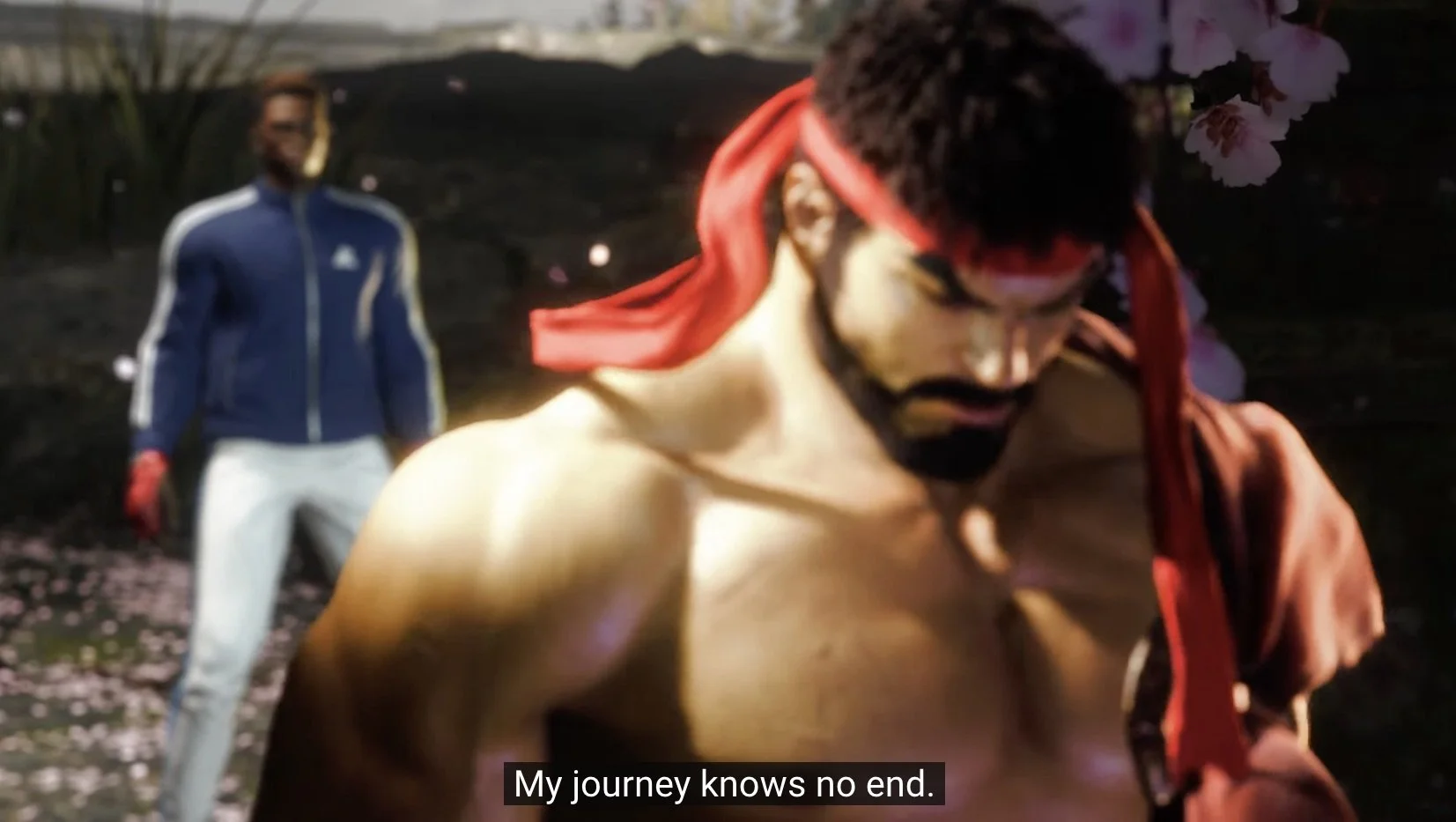
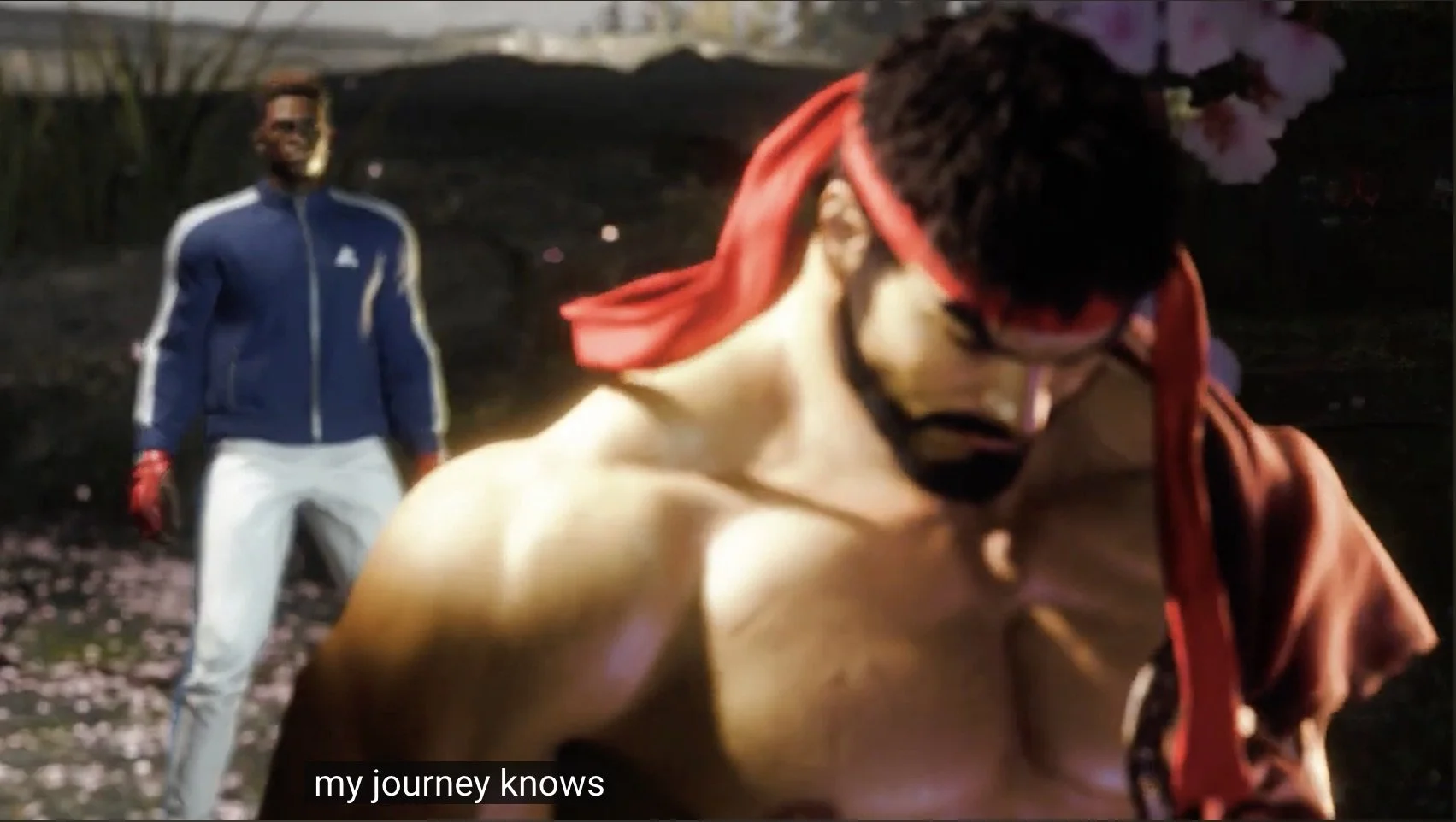
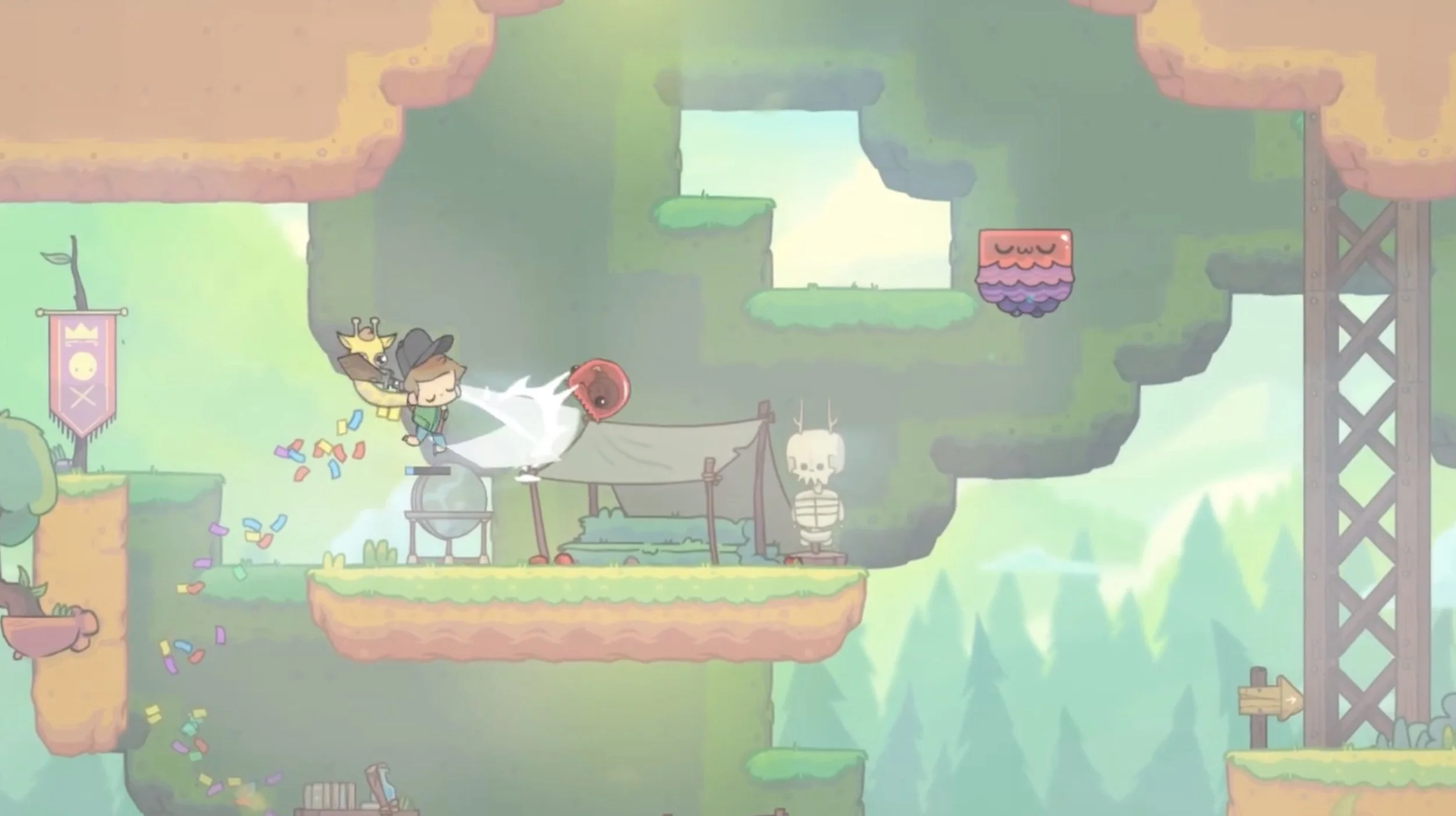

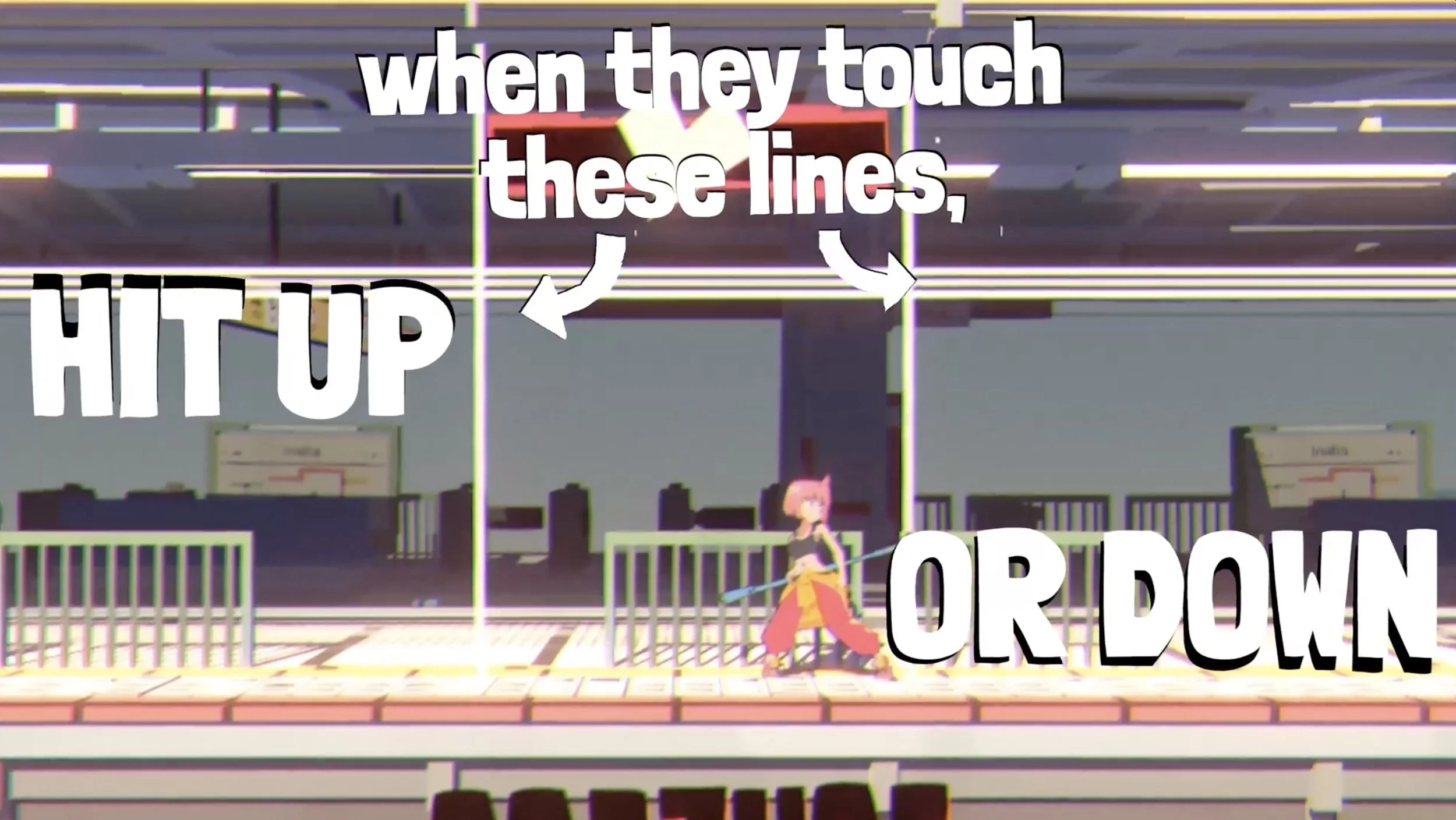
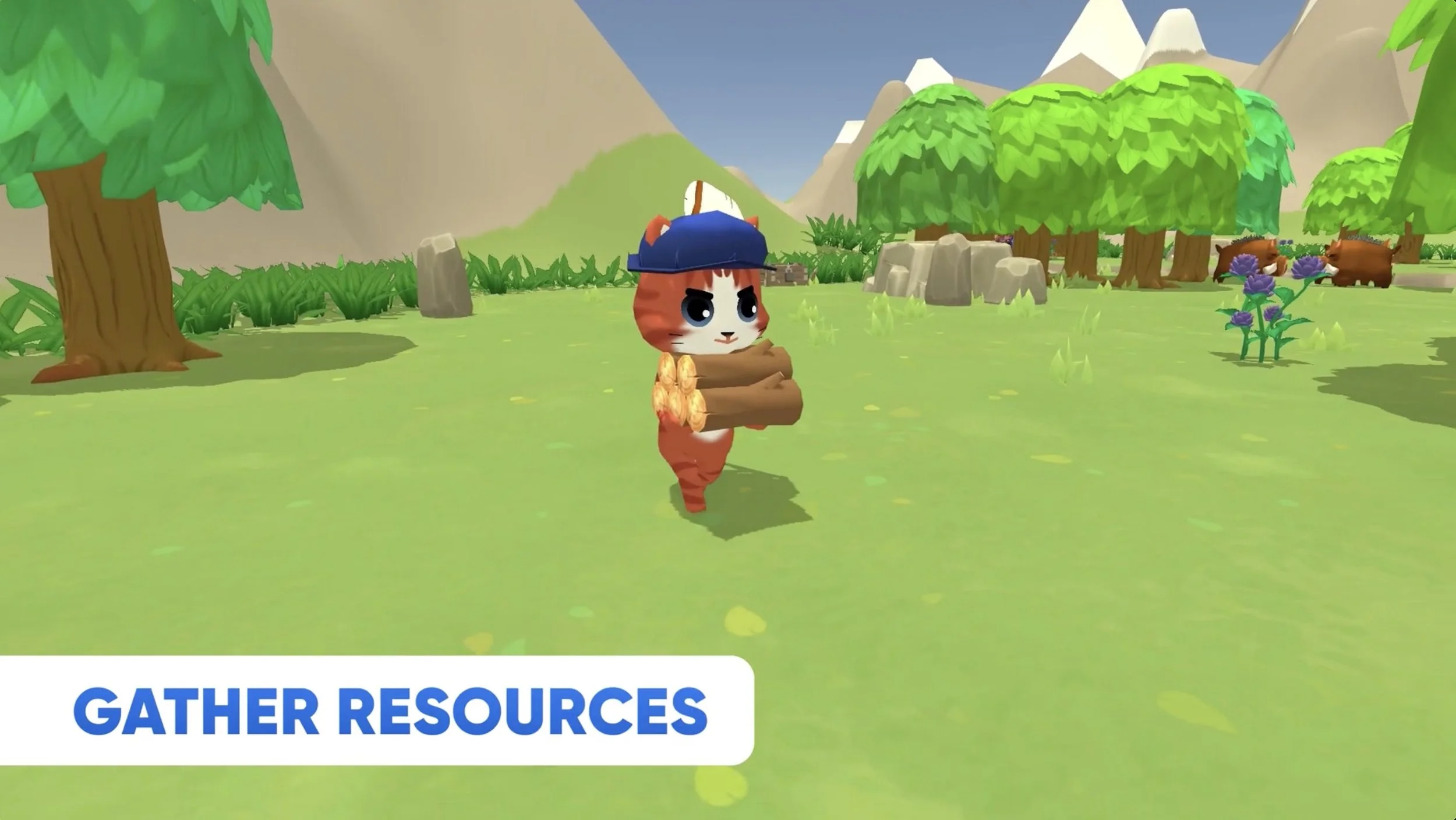
![Nintendo Direct screenshot with caption: [Andrew] Why not venture into ancient ruins and scavenge for relics?](https://images.squarespace-cdn.com/content/v1/5859d542f7e0ab537e412489/c4191c2d-17f3-4cd7-a1e2-29ecedde2cc1/nintendo-direct.jpeg)

